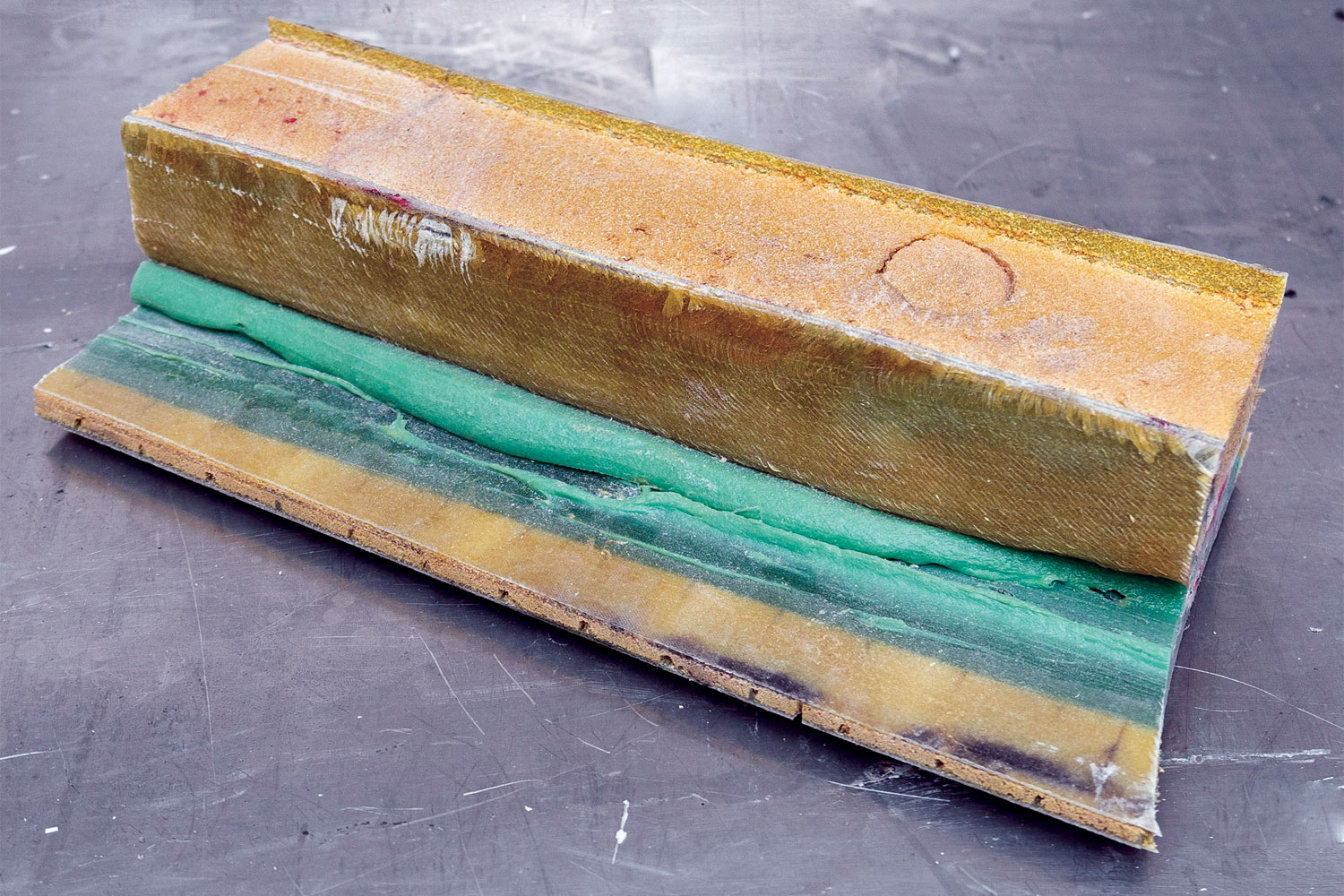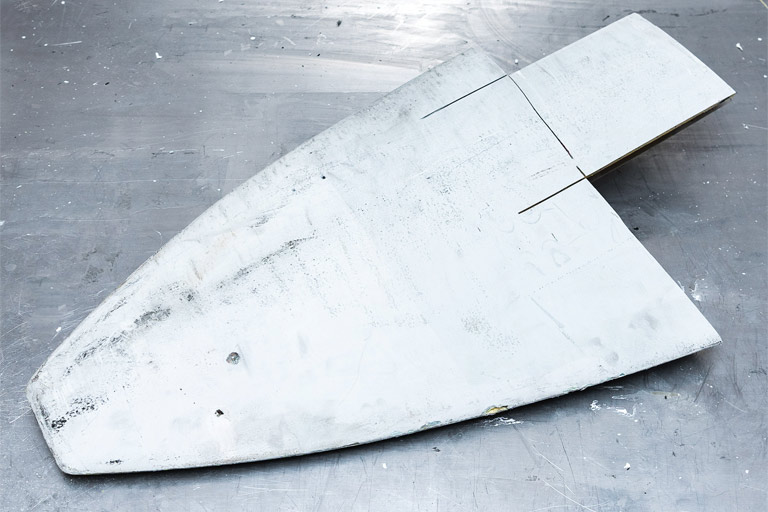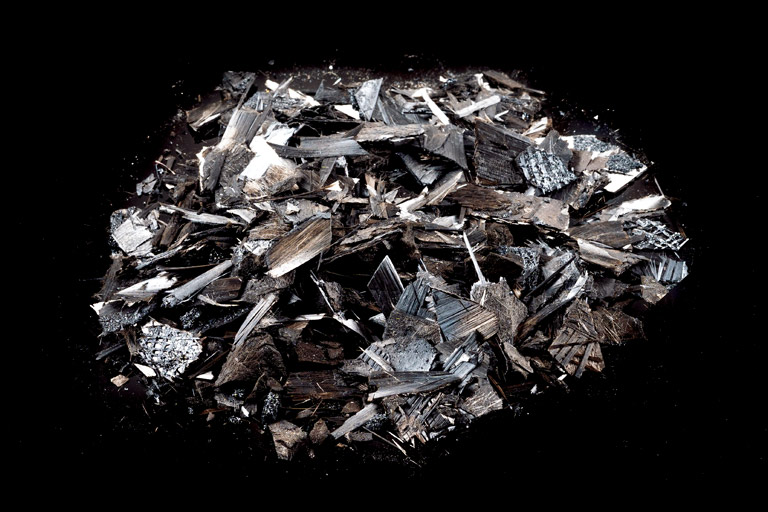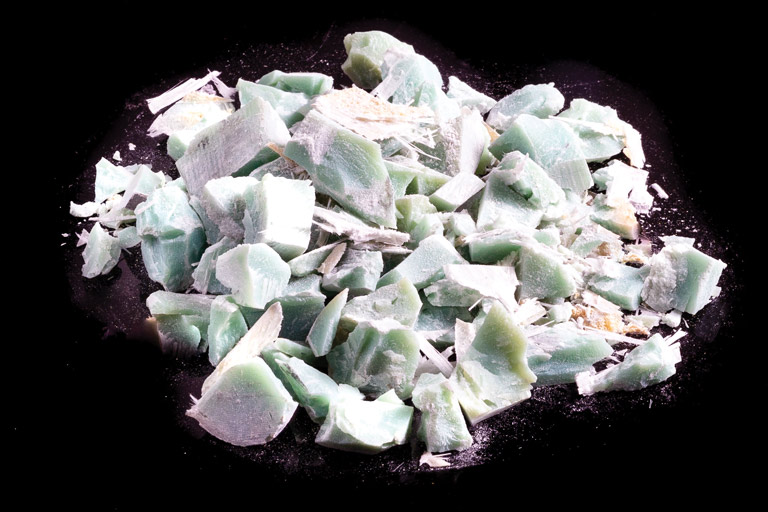Wind energy is one of America’s largest domestic sources of renewable energy. It’s clean, economical, and readily available, but it has a problem: what to do with those gigantic blades once they need replacing.
Manufacturers of the blades rely on advanced polymer composites to be able to withstand the elements of nature. Although eventual wear and tear is inevitable, sending them to the landfill doesn’t have to be.
“As the wind industry grows and waste blade levels climb into the tens, hundreds of thousands of tons and beyond, a better end of life solution is needed rather than simply piling them at the dump,” said Ryan Ginder, MABE research assistant professor.
A team of UT researchers led by Ginder is now developing a new technology for the large-scale handling and recycling of these wind turbine blades. The technology recovers the glass fiber from reinforced polymer composites while limiting mechanical degradation of the fiber during the reclamation process. This in turn allows the recycled fiber to be reused in new composite applications such as vehicle lightweighting, other renewable energy systems components, and performance sports equipment.
While the US wind industry has made substantial contributions to America’s renewable energy portfolio, as highlighted by American Wind Week 2020, work is ongoing to convert the industry to a more circular economy paradigm.
“Rather than simply downcycling the blades into worthless aggregates, we are able to not only convert the blades’ organic components into useful petrochemicals for energy production, but also able to extract the glass fiber reinforcement and use it to make higher value recycled composites,” said Ginder.
UT has partnered with Carbon Rivers LLC, a start-up company located in Knoxville and owned by UT alumnus Bowie Benson (BS/MSE, ’17), to further develop and commercialize this novel technology. The project has been awarded $1.1 million in funding from the Department of Energy’s Small Business Technology Transfer program and Wind Energy Technologies Office.
“As the wind industry grows and waste blade levels climb into the tens, hundreds of thousands of tons and beyond, a better end of life solution is needed rather than simply piling them at the dump.”

-

Tip of wind turbine blade -

Recovered glass fiber from turbine blade
-

Pryoloyzed material from wind turbine -

Shredded material from wind turbine blade
“Having the opportunity to collaborate with the bright minds at UT, like Ginder, and catalyze new solutions for our country’s plastics waste problem, is a Volunteer’s dream come true,” said Benson.
“2020 has been a challenging year all around for our community, but I remain hopeful for the future as long as we keep working together to take on the tough challenges, like making American energy more sustainable. I am especially optimistic for our project’s next phase, and its potential to transformatively improve the wind industry’s environmental footprint while creating new, much-needed jobs in East Tennessee.”
Over the next two years, the UT-Carbon Rivers team will be collaborating with GE Renewable Energy, Berkshire Hathaway Energy’s MidAmerican Energy Company, and PacifiCorp Utilities to develop a pilot-scale glass fiber composite recycling system that will serve as the basis for eventual deployment of a full-scale commercial wind blade waste processing plant.
